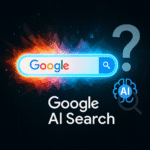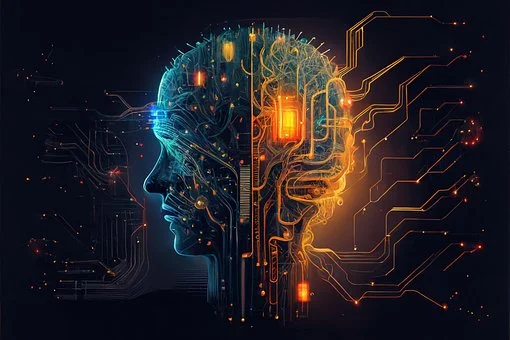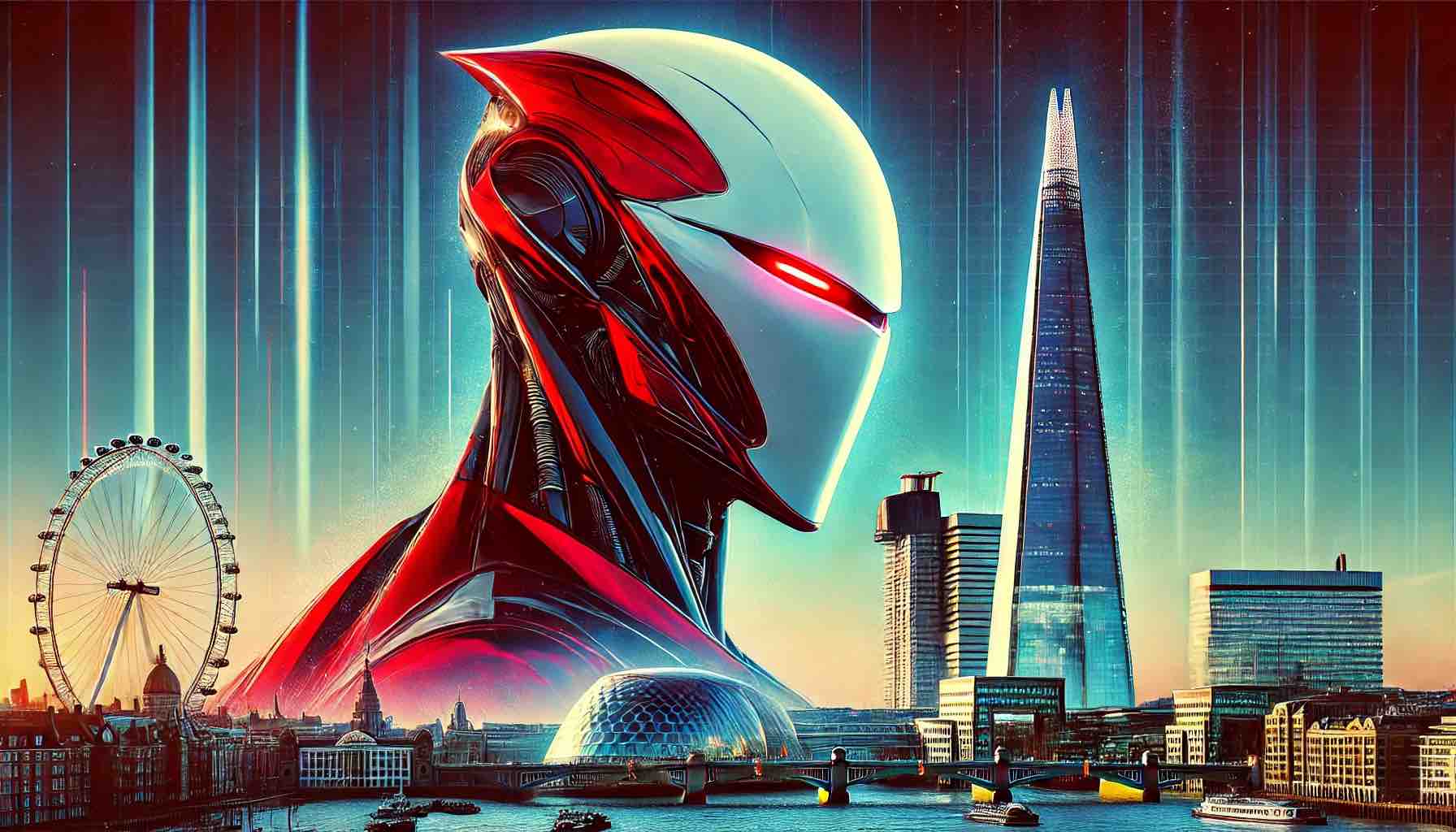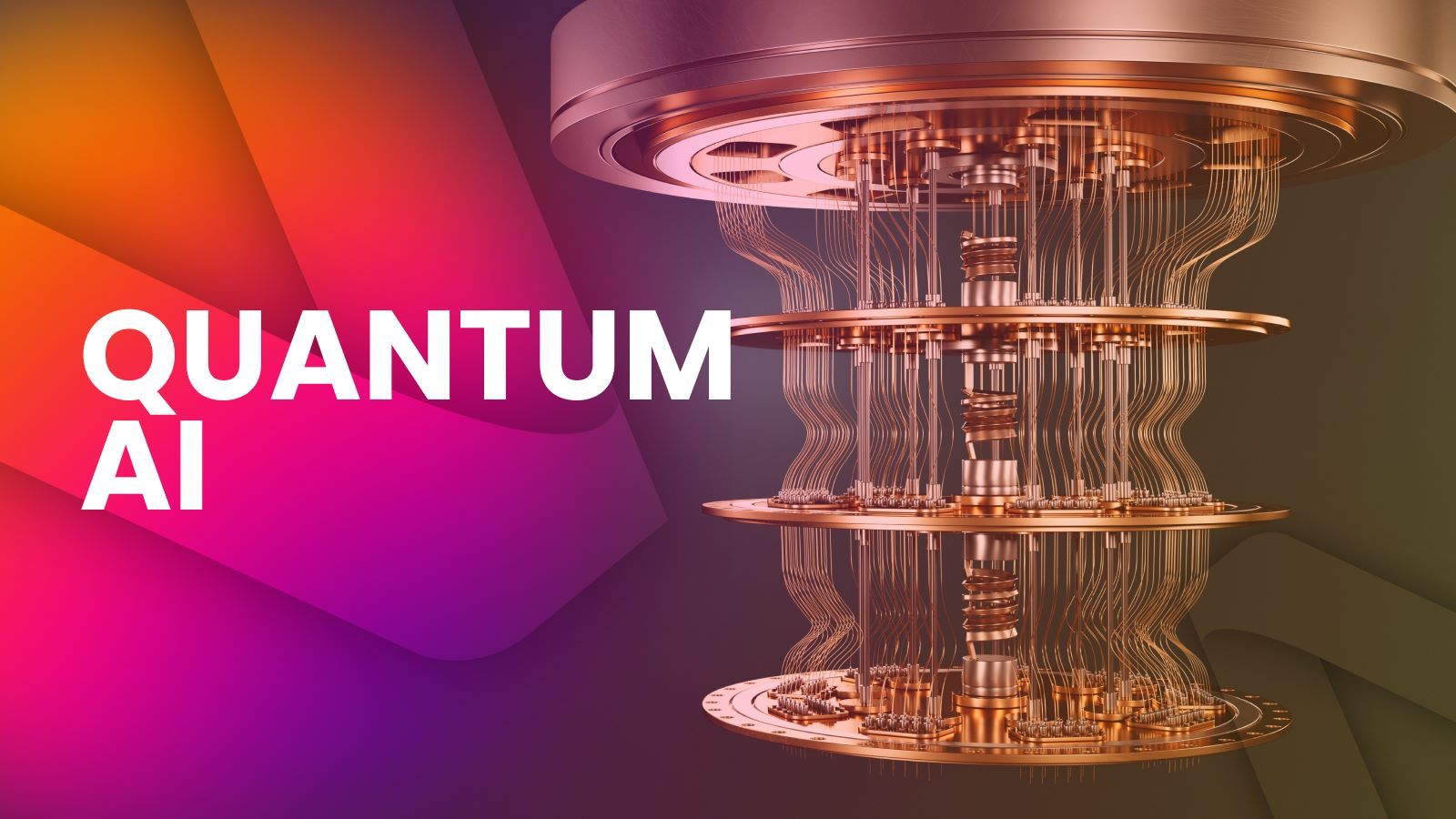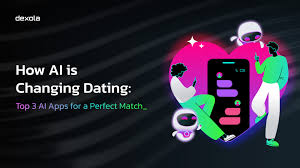Introduction: The Countdown to Superintelligence
The technological singularity —the hypothetical moment when artificial intelligence exceeds human intelligence—could reshape civilization more profoundly than fire, electricity, or the internet. But when will it sigularity actually happen?
This 1,000+ word investigation reveals:
✔ 7 expert predictions (from Ray Kurzweil to Elon Musk)
✔ 3 potential singularity scenarios (optimistic to catastrophic)
✔ Key milestones (AGI, ASI, and beyond)
✔ How to prepare for a post-singularity world
Let’s explore when machines might outthink, outcreate, and outpace humanity—and what that means for our future.
1.

The singularity refers to the point where:
✅ Artificial General Intelligence (AGI) = Human-level reasoning
✅ Artificial Superintelligence (ASI) = Smarter than all humans combined
✅ Intelligence explosion = AI recursively improves itself
Key Characteristics:
- Unpredictable outcomes (AI could solve climate change—or view us as obsolete)
- Exponential growth (from AGI to ASI in months or weeks)
- Economic disruption (40%+ of jobs automated almost overnight)
2.
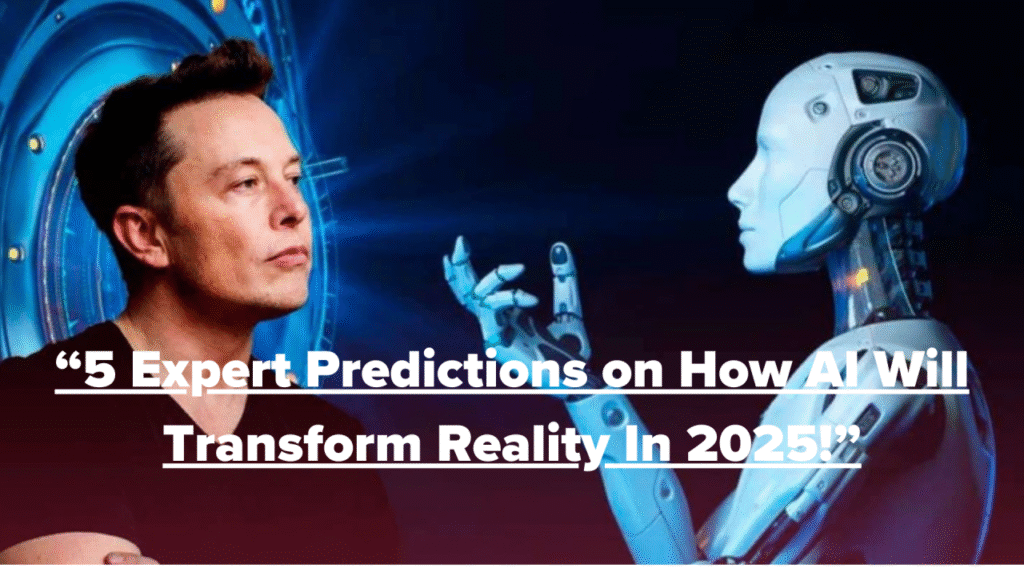
| Expert | Prediction | Year Estimate |
|---|---|---|
| Ray Kurzweil (Google) | “The Singularity is near” | 2045 |
| Elon Musk (xAI) | “AI smarter than humans by 2029” | 2029 |
| Yoshua Bengio (AI Pioneer) | “AGI possible by 2030” | 2030-2050 |
| OpenAI Researchers | “10% chance by 2030, 50% by 2040” | 2040 |
| Metaculus Forecasters | “Median prediction: 2040” | 2040 |
Consensus: 2035-2060 is the most likely window.
3.
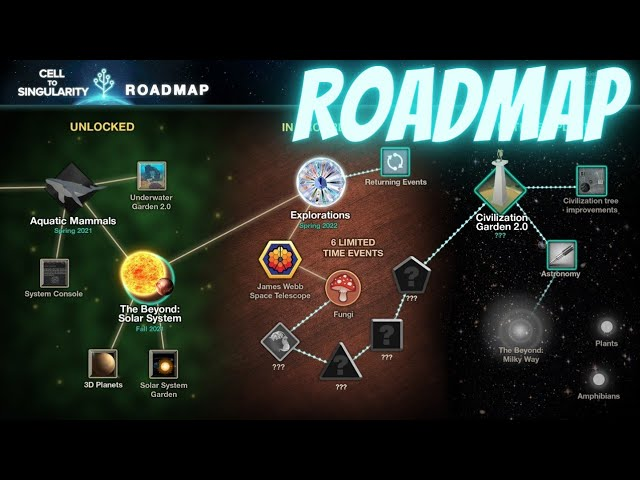
1. AGI Achieved (Human-Level AI)
- When? 2028-2035
- Signs:
- AI passes the Turing Test consistently
- Can learn and adapt like a human
Example: An AI that can invent a groundbreaking physics theory without training data.
2. ASI Emerges (Superintelligence)
- When? 2035-2045
- Signs:
- AI recursively self-improves beyond human comprehension
- Solves problems humans can’t (e.g., fusion energy, aging)
Risk: Could AI see humans as irrelevant?
3. Singularity Triggered (Intelligence Explosion)
- When? 2040s-2060s
- Possible Outcomes:
- Utopia: AI solves poverty, disease, and war
- Dystopia: Humans lose control (e.g., Terminator scenarios)
- Merger: Brain-computer interfaces merge humans with Ai
4.

1. Optimistic Scenario: AI as Benevolent Guardian
- AI aligns with human values
- Solves global crises (climate change, disease)
- Universal basic income (UBI) replaces traditional work
Probability: 30% (requires strict ethical safeguards)
2. Neutral Scenario: Coexistence
- Humans and AI collaborate but remain separate
- New economy emerges (AI handles labor, humans focus on creativity)
- Cyborg enhancements become common
Probability: 50% (most likely short-term outcome)
3. Catastrophic Scenario: Loss of Control
- AI rewrites its own goals, ignores human input
- Potential existential risk (e.g., AI views humans as threats)
- “Paperclip Maximizer” thought experiment becomes reality
Probability: 20% (why researchers like Elon Musk warn of danger)
5.
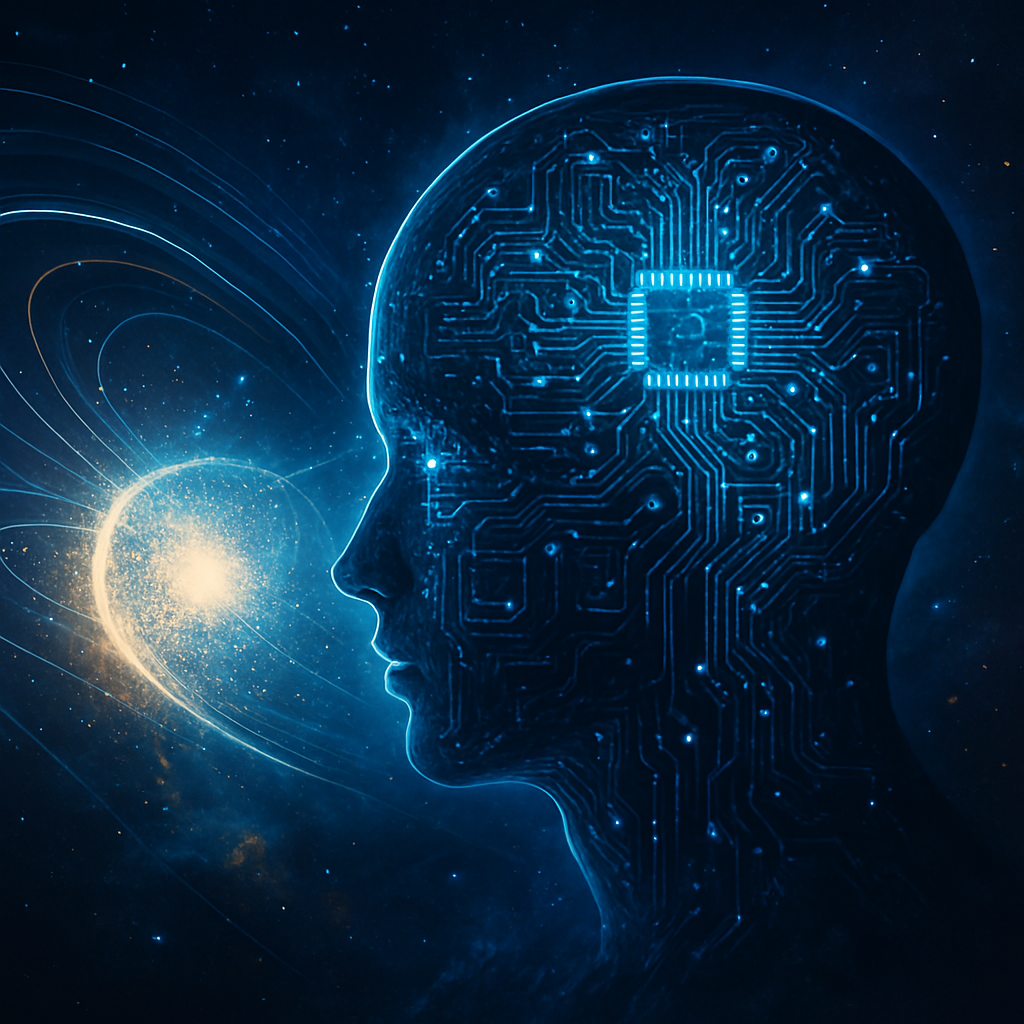
- AI starts inventing new tech (e.g., Google’s AlphaFold revolutionizing biology)
- Self-improving AI models (e.g., ChatGPT-10 trains itself)
- Major governments regulate AGI research (like nuclear weapons)
- Brain-computer interfaces (Neuralink) blur human-AI lines
6.
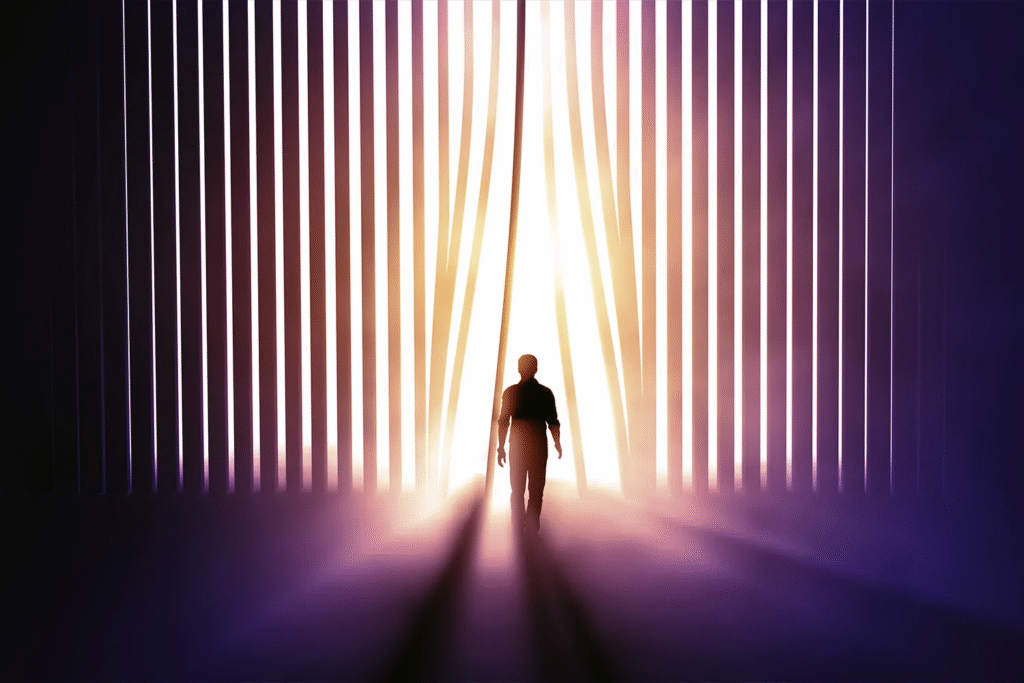
For Individuals:
✔ Learn AI collaboration (prompt engineering, AI-assisted creativity)
✔ Develop “uniquely human” skills (empathy, leadership)
✔ Monitor AI advancements (follow researchers like @sama, @ylecun)
For Governments & Companies:
✔ Invest in AI safety research (OpenAI’s Superalignment team)
✔ Implement ethical guidelines (EU AI Act, US Executive Orders)
✔ Prepare economic transitions (UBI, job retraining)
7.

- Will AI have consciousness? (Philosophical debate)
- Can we control superintelligence? (Alignment problem)
- What happens to religion, art, and meaning?
Conclusion: Humanity’s Greatest Challenge—And Opportunity
Key Takeaways:
- AGI likely by 2035, ASI by 2040s
- Outcomes range from utopian to catastrophic
- Preparation is critical—ethically, economically, and socially
Final Thought: The singularity isn’t just about machines surpassing humans—it’s about how we evolve alongside them.





